David Crow – Ayurvedic Aromatherapy
 Salepage : David Crow – Ayurvedic Aromatherapy
Salepage : David Crow – Ayurvedic Aromatherapy
Arichive : David Crow – Ayurvedic Aromatherapy
New 7-week Live Training Starts
Thursday, April 20, 2017
What You’ll Discover in These 7 Weeks
Course sessions are on Thursdays at 5:00pm Pacific.
In this 7-week transformational program, David will guide you through the fundamental skills and competencies needed for understanding this unique approach to aromatherapy.
Ayurvedic Aromatherapy will look at aromatherapy through the lens of Ayurvedic medicine, offering a new synthesis of these powerful healing modalities that’s safe and effective in optimizing your wellbeing.
Each weekly, LIVE contemplation and training session will build harmoniously upon the previous ones so that you’ll develop a complete, holistic understanding of the practices, tools and principles for addressing specific therapeutic applications of essential oils and understand these uses from an Ayurvedic point of view.
Module 1: Essential Oils & Aromatic Plants in Ayurveda (April 20)
Ayurveda is a richly fragrant medical system. Every aspect of treatment and therapy is infused with aromas, which are emanating mostly from the essential oil content of the herbal ingredients being used. It is these aromas (and flavors) that provide many of the therapeutic benefits one enjoys when using Ayurveda’s vast number of diverse preparations.
In this session, you’ll:
Explore how Ayurveda uses aromatic plants for medicines and aromatherapy
Discover the most important essential oils produced in India
Identify the safe uses and potential dangers of essential oils
Know when to use aromatic plants instead of essential oils
Understand how to use aromatic baths, medicated oils, steam treatments and other therapies inspired by Ayurvedic methods
Discover the traditional therapeutic uses of Indian attars (sandalwood-based perfumes)
Module 2: Using Essential Oils According to the Pancha Mahabhutas (Five Elements) (April 27)
Essential oils can be classified according to Ayurveda’s system of five universal elements of earth, water, fire, air and space. By understanding the predominant element or mixture of elements within an oil, we are better able to apply the oil therapeutically to balance these elements within ourselves.
In this session, you’ll:
Find out how to use essential oils, such as vetiver, that are rich in earth element for grounding and calming
Discover a wide range of carrier oils and aromatic waters for hydration and balancing of the water element
Explore the uses of essential oils such as cinnamon and other spices that are rich in fire element for stimulating metabolism
Module 3: Using Essential Oils According to the Gunas (Mental & Physical Qualities) (May 4)
Essential oils can be classified according to the three qualities of consciousness: sattvic (spiritual), rajasic (aggressive) and tamasic (dullness). They can also be classified according to Ayurveda’s system 10 opposite pairs of qualities, such as heating/cooling, drying/moistening and so on. Classifying oils according to their physical qualities and their effects on consciousness helps us understand and apply their therapeutic benefits.
In this session, you’ll:
Explore ways to use oils such as sandalwood and palo santo for promoting sattvic (spiritual) consciousness
Discover how to use flower oils such as lavender and chamomile to calm rajasic (aggressive) emotions
Identify simple ways of using energizing oils such as laurel to overcome tamasic consciousness (mental dullness)
Understand how to classify and use essential oils according to their primary qualities of heating/cooling, stabilizing/activating, moistening/drying and other polarities
Module 4: Using Essential Oils According to the Doshas & Sub-doshas (Biological Systems) (May 11)
One of the most important ways to classify essential oils is according to the doshas, or constitutional body types. For vata conditions, oils that are warming, heavy, stabilizing, calming and strengthening should be used to help lubricate dryness and relax an overstimulated but fatigued nervous system. For pitta conditions, oils that are cooling, calming and relaxing can be used for counteracting inflammation as well as overheated and aggressive mental and emotional states. For kapha conditions, oils that are light, warm, stimulating, energizing, decongestant and expectorant are used to counteract slow metabolism, lethargy and congestion of fluid and phlegm.
In this session, you’ll:
Understand how the gunas (qualities) and elements of essential oils are related to individual body types
Discover the most important essential oils for calming vata, cooling pitta and decongesting kapha
Explore the Ayurvedic system of the 15 sub-doshas (five vatas, five pittas, five kaphas), and how essential oils can be correlated to each
Find out how common essential oils can be used for the sub-doshas, such as how rosemary can strengthen the Prana Vata of the brain to enhance concentration and memory
Module 5: Using Essential Oils According to the Dhatus (Tissue Levels) (May 18)
Essential oils and aromatic plants can be applied in various ways to benefit each of the tissue levels described by Ayurveda. These treatments include aromatic preparations for the digestive juices, blood, muscles, fat, bones, marrow and reproductive system.
In this session, you’ll:
Identify how essential oils can be correlated and used for the seven tissue levels as described by Ayurveda
Be introduced to unique essential oils such as lentisque and dwarf juniper for benefitting the lymphatic system
Discover how essential oils such as helichrysum can have profound healing effects on circulation, soft tissue and skin conditions
Understand how to use important essential oils and medicated herbal oils for the musculoskeletal system
Discover the wound-healing powers of essential oils such as frankincense
Module 6: Using Essential Oils for Increasing Prana & Ojas (Life Force & Nutrient Essence) (May 25)
Essential oils are secondary metabolic compounds produced by plants for a variety of biological purposes, primarily immunological and reproductive. Because of the anatomical and physiological parallels between humans and plants, these compounds can be used therapeutically to enhance our own immunological resistance and rejuvenate the nutrient essence that supports both consciousness and sexual vitality.
In this session, you’ll:
Understand how essential oils are the pranic immune power of aromatic plants, and how they benefit human health
Discover how exotic floral oils such as jasmine and rose are the ojas of plants, and how they can support and strengthen our ojas (nutrient essence)
Determine how to use the antimicrobial powers of essential oils to increase respiratory immunity and fight infections
Discover how essential oils, such as lemon balm, can strengthen and support the prana and ojas of memory and cognitive function
Discover unique incense plants such as agarwood that support prana and ojas by deepening meditation
Module 7: Using Essential Oils to Enhance Agni (Metabolic Fire) & Reduce Ama (Toxins) (June 1)
A great number of essential oils are distilled from spice plants. These oils have powerful stimulant effects on digestion and metabolism, but must be used with caution and in special preparations. If used correctly, these oils and the aromatic herbs and spices they come from are immensely beneficial for a wide range of digestive conditions and for supporting detoxification.
In this session, you’ll:
Understand the difference between inflammatory reactions to essential oils and true detoxification
Identify safe external applications of essential oils for strengthening digestion
Discover the numerous essential oils containing herbs and spices that can be safely used in teas and cooking for supporting healthy digestion and metabolism
Determine how to use fragrance for stimulating the appetite in the elderly or in chemotherapy patients
Discover unique essential oils that promote deep sleep, healing dreams and resolution of mental and emotional tension
Understand how to use eucalyptus and other decongestant and expectorant oils to clear the respiratory system …

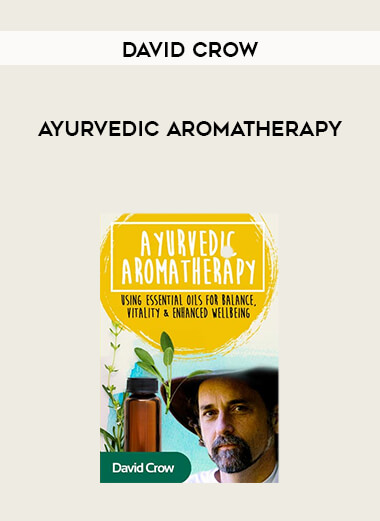
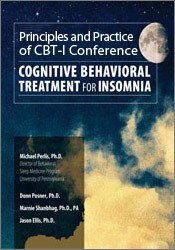


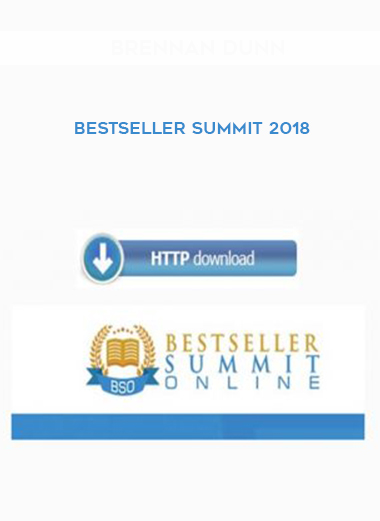






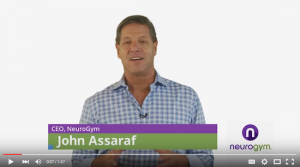
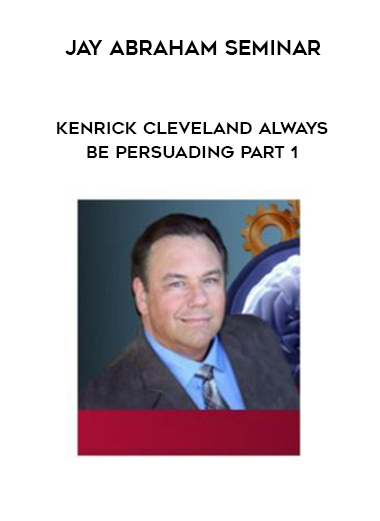






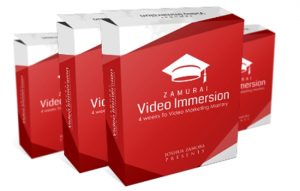










Reviews
There are no reviews yet.